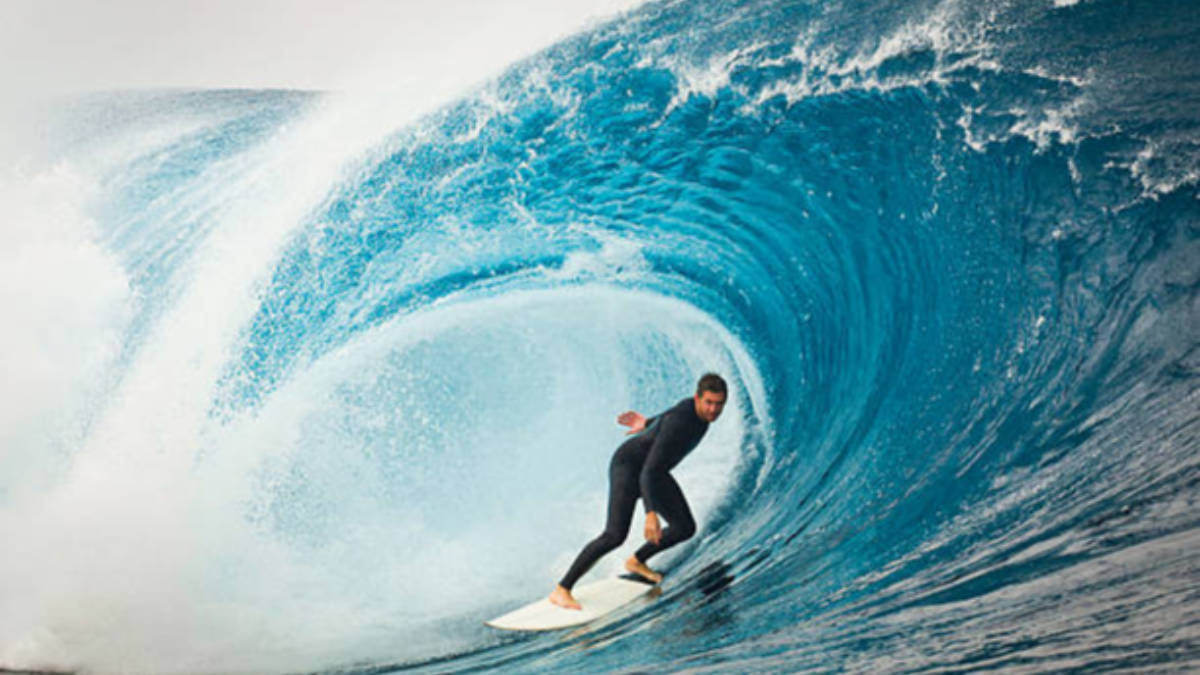Monsters of Rock: Alumina rides price wave to higher profit, West African sets long-term strategy for Sanbrado gold operation

Pic: Getty
Aluminium prices have been bursting through the roof, helped to no small degree by energy shortages and Russia’s aggressions towards Ukraine, which could draw sanctions against the world’s largest producer Rusal.
At US$3313/t prices for the industrial metal are trading very close to the record highs seen before the GFC over a decade ago.
That is paydirt for Alumina Ltd (ASX:AWC), owner of 40% of the Alcoa World Alumina Chemicals business alongside the Pittsburgh based aluminium giant.
It’s a comfortable position for Alumina, once part of the old Western Mining Corporation, which raked in a 28% increase in net profit after tax to US$187.6m in 2021.
Excluding significant items Alumina pulled US$226m, up 54% on a year earlier as a catalogue of events served to drive aluminium and alumina prices higher.
Alumina prices were up 20% year on year from an average US$268/t to an average US$321/t between 2020 and 2021, although inflation also bit, with cash costs soaring by 19% from US$199/t to US$236/t for the AWAC business.
They have since increased to US$420/t, though Alumina CEO Mike Ferraro added that freight costs had impacted realised prices, with the final dividend of US2.8c a share slightly down on the interim dividend in the middle of the year of US3.4c, an overall increase of 9% on 2020.
“The realised alumina price for the year was higher but API was still constrained by higher freight costs attributed to global shipping disruptions,” Ferraro said.
“Distributions, whilst still above last year, were partially impacted by higher input costs and unplanned outages.
“AWAC’s average cash cost in 2021 was once again in the lowest quartile of the global cost curve and our alumina refining portfolio has the lowest average CO2 emissions intensity amongst major refiners.
“Primary aluminium prices are at record highs due to stronger demand, supply disruptions and higher energy costs. Alumina prices have also increased and are currently above $420 per tonne.
“In particular, demand for aluminium for electric vehicles and the construction sector continues to grow. As a participant in the aluminium supply chain, Alumina Limited is well placed to support this growth.”
Alumina share price today:
West African plots decade ahead at Sanbrado
Military coups aside, the first couple years since West African Resources (ASX:WAF) poured first gold at its Sanbrado mine in Burkina Faso have been good ones.
Last year it busted its guidance in its first full year of operations, running one of the ASX’s lowest cost gold businesses.
But things will get a little thornier in the years ahead, with WAF looking at lower production and higher costs as the Sanbrado operations mature.
From a record of 288,720oz at AISC of just US$796/oz in 2021, guidance released by WAF today shows Sanbrado is expected to deliver 220,000-240,000oz with a big jump in costs to US$1040-1100/oz in 2022.
Over the next ten years WAF plans to producer 198,000ozpa at Sanbrado, but believes it will become a 400,000ozpa gold miner from 2025 when its Kiaka mine comes online, subject to a feasibility study due by the middle of this year.
The addition of Kiaka has brought WAF’s total mineral resource up by 127% to 302Mt at 1.2g/t for 11.6Moz of gold, with reserves up 13% year on year to 26Mt at 2g/t for 1.7Moz, including 580,000oz at Toega, a Sanbrado satellite.
The addition of Toega, WAF executive chairman Richard Hyde said, will extend Sanbrado’s overall mine life to 2034.
WAF will also spend US$10 million on exploration drilling in 2022.
West African Resources share price today:
Western Areas drops guidance on Covid impacts
IGO (ASX:IGO) takeover target Western Areas (ASX:WSA) has dropped its FY22 guidance from 16,000-17,000t of nickel in concentrate to 15,200-16,200t, saying it will take a conservative approach after hitting lower grades and productivity issues due to labour shortages and Covid.
Western Areas shareholders will pocket a combined $1.1 billion in the deal to sell the company to IGO at $3.36 a share, which will hand IGO ownership of the operating but ageing Forrestania nickel mines and the new Odysseus mine in WA’s northern Goldfields.
Costs are also expected to be higher, up from $4.25-4.65/lb to $4.65-4.90/lb, although higher nickel prices are supporting strong margins.
WSA delivered a profit of $18.77m in the first half of FY2022, up 256.9% on an $11.96m loss a year earlier, with prices 30.1% higher at an average US$9.22/lb.
But the company is taking a cautious approach to guidance in what will likely be its last as a listed entity, with Western Areas boss Dan Lougher saying lower ore grades and productivity issues caused by staff shortages and Covid testing requirements would impact guidance for the full year.
He said the company had been facing shortages of longhole drillers and jumbo operators at its underground operations at Flying Fox and Spotted Quoll.
He told analysts there was a “major shortfall” in WA in the skillset for shift bosses and supervisors as well.
It remains to be seen what will happen in the second half with regards to Covid absenteeism.
“We’re hoping it’s not going to have an impact what people are saying but we’ve just got to be cautious,” Lougher said.
While Western Areas is yet to have a case identified at its mine itself, Lougher said positive rapid antigen tests had been identified in workers attempting to fly out to site, who then had to wait for the results of a PCR test to come through.
IGO’s deal to take over WSA moved a step closer last week when it struck an agreement with Andrew Forrest’s Wyloo Metals, a significant shareholder of WSA, that it would vote up the bid.
Western Areas share price today:
Related Topics

UNLOCK INSIGHTS
Discover the untold stories of emerging ASX stocks.
Daily news and expert analysis, it's free to subscribe.
By proceeding, you confirm you understand that we handle personal information in accordance with our Privacy Policy.








